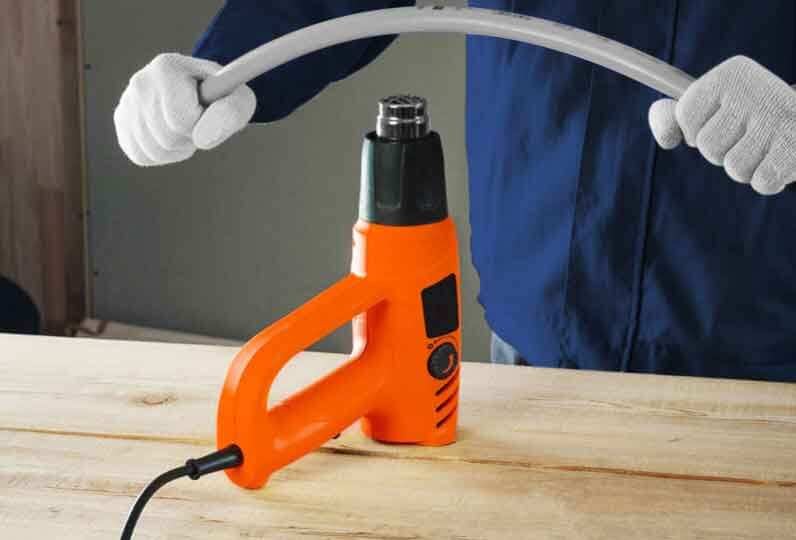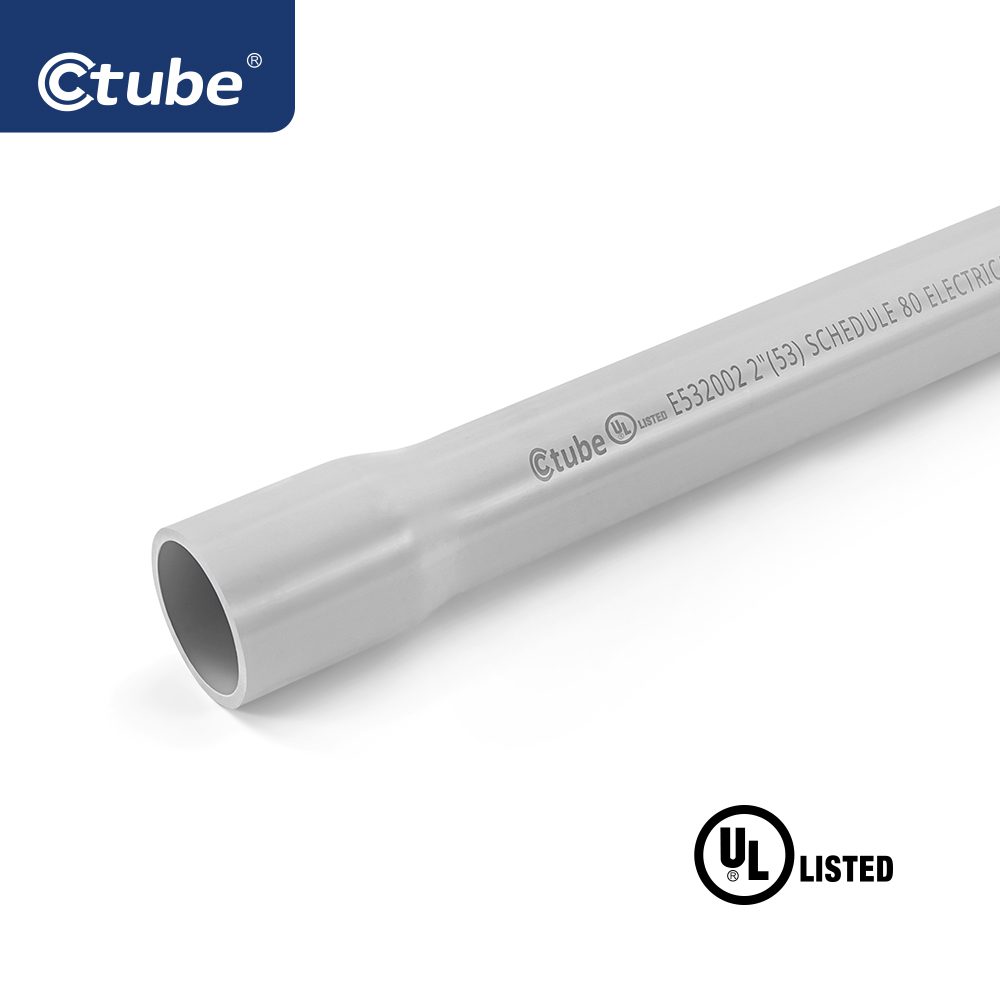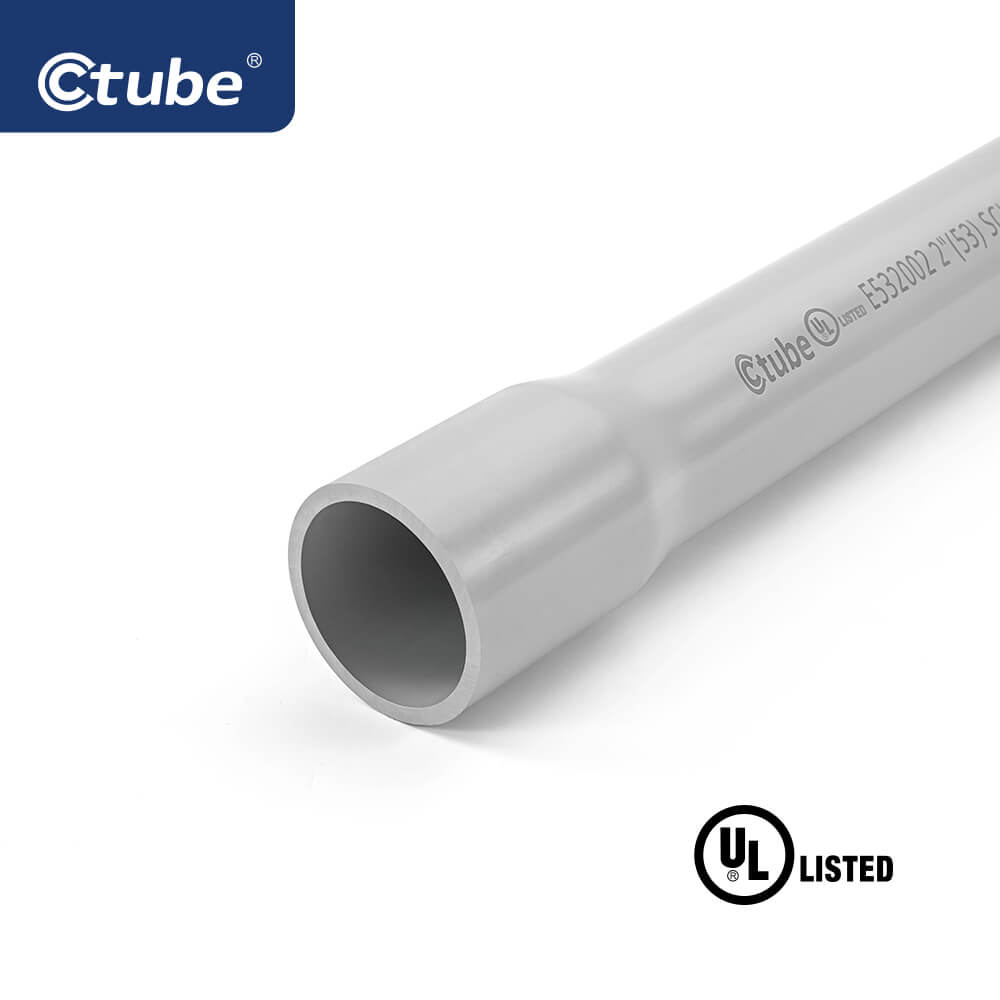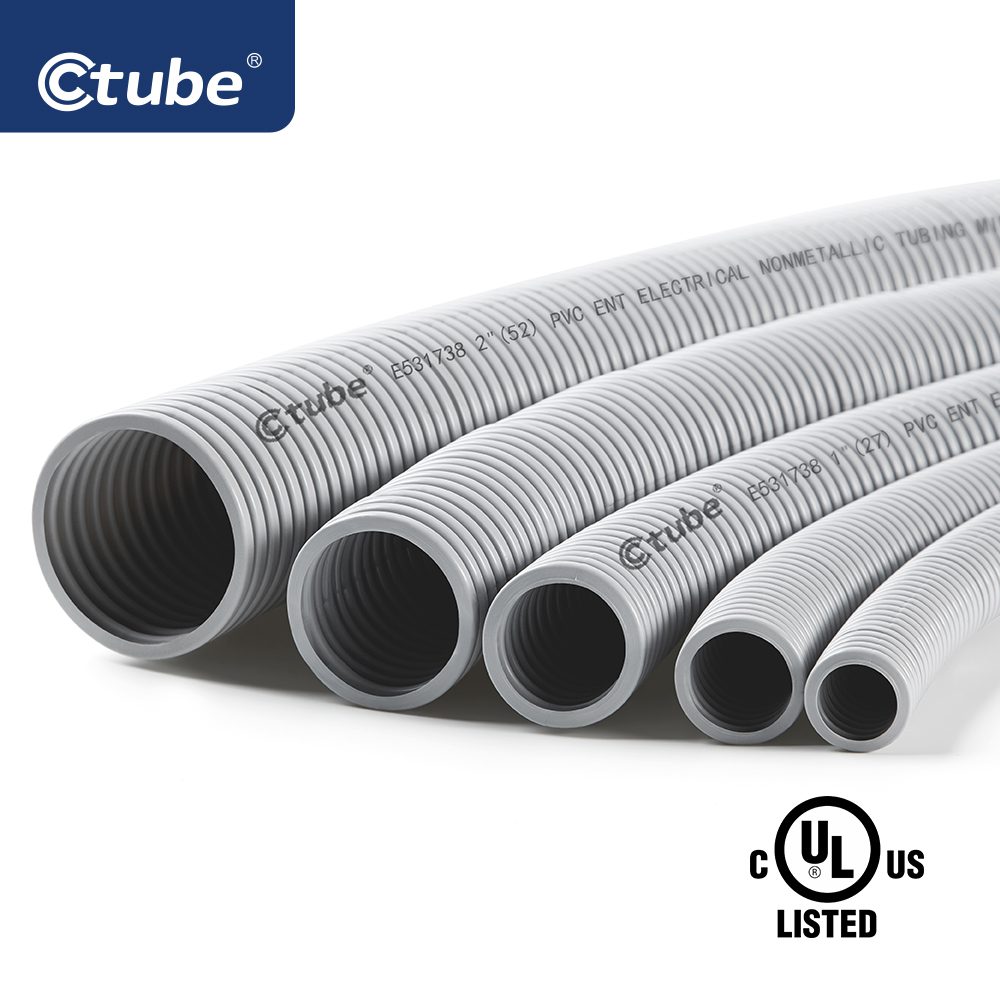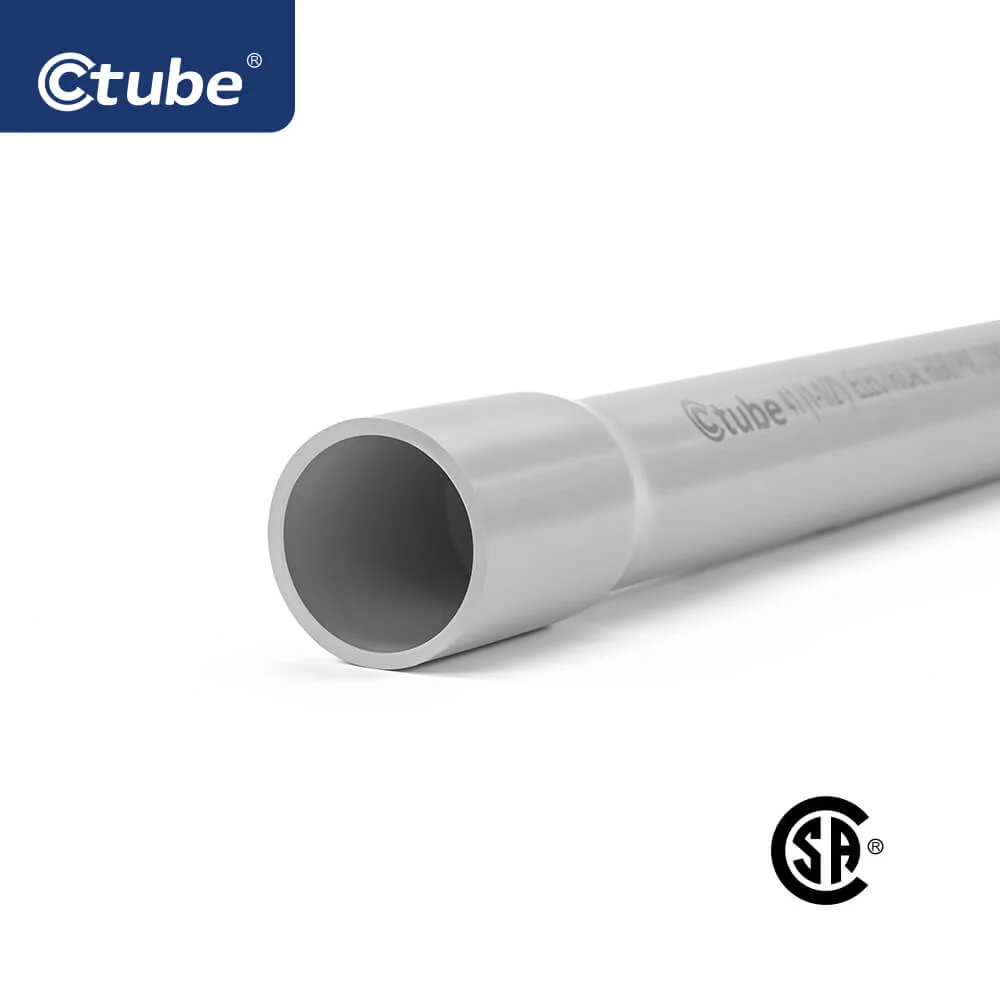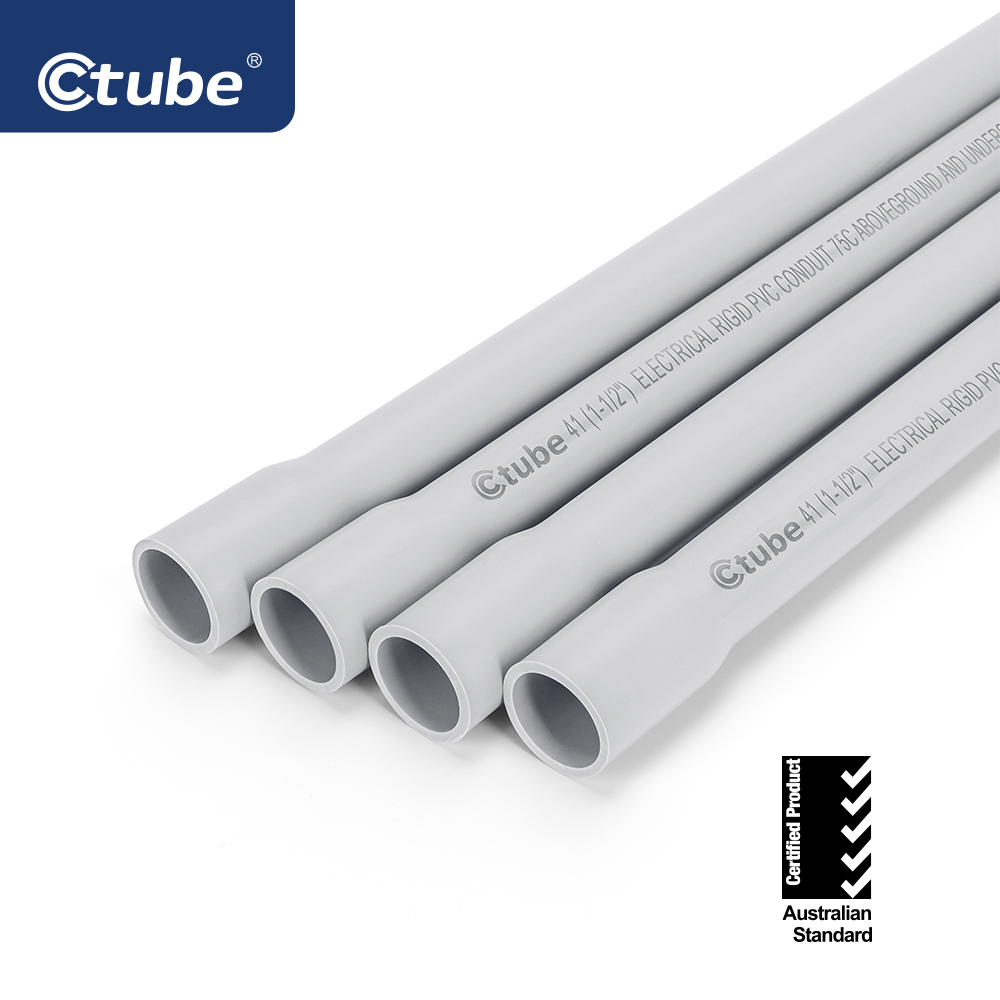Most DIYers would like to read posts online that talk about how to bend PVC conduit & pipe. This does make sense. But one thing they have not talked about, this is correct? Yes, we do not think about bending PVC conduit & pipe is correct. So we decided to talk about this issue before starting this post.
Table of Contents
TogglePart 1, Why We NOT Recommended Bend PVC Conduit & Pipe?
PVC conduit pipe is divided into two purposes: PVC water pipe and electric wire pipe.

PVC conduit is a sort of rigid pipe, which is produced through an extrusion process. We know that the pipe wall thickness is perfect because the raw materials are heated uniformly during the extrusion process and are thermoformed in the mold. Bend PVC pipe, no matter what method you use, is local heating or physical bending, almost equivalent to destroying the uniform molecular structure of the original area, making this part of the structure fragile. In severe cases, it will directly lead to cracking or fracture.
That’s why you see that some of the bends are whitish because the uneven force causes the wall thickness to change, so the whitish part is the most fragile.
Moreover, we just mentioned two different uses of PVC water pipes and electrical conduit pipes. PVC water pipes need to withstand water pressure for a long time. If they are buried directly underground, they will be affected by moisture and microorganisms. Then the most vulnerable part will bear the brunt of the leakage or rupture of the water pipe. The same is true for the PVC wire tube. If the best part is not handled correctly and exposed to direct sunlight or under the influence of moisture and microorganisms for a long time, the fragile wire will be directly affected. How long can the wire last? We don’t know.
The most important reason is that most of the bending pipes are based on the operation of the workers, and there are errors during the long-term process. The quality of the elbow cannot be 100% guaranteed, such as whether the bend after the elbow is cracked or has been prominent white? Or is the angle of the elbow vertical enough? Generally, there are errors in superficial level measurement at the construction site.
Part 2, How to Bend PVC Conduit Pipe?
Here we list several commonly used pipe bending methods for your reference so that you can use them temporarily when it is inconvenient or lacks materials.
The first and second methods do not require a bender, while the last one requires a dedicated pipe bender.
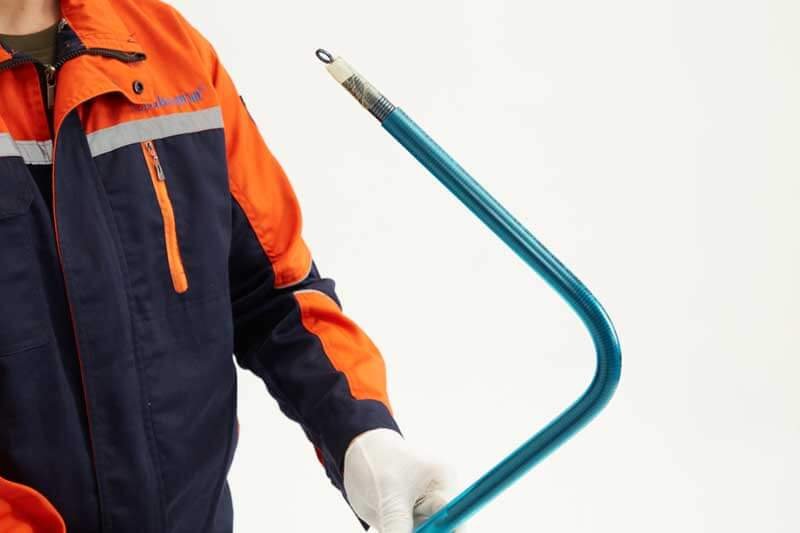
Bending Spring
Pros, cheap and easy to use
Cons, physical cold bending, the tube body will easily cause the bending part to turn white and become more fragile.
Pro Tips,
1. Take out the bending spring and test the spring itself can work well.
2. Place the spring from reaching the part where the pipe needs to be bent. I suggest you measure the size of the part where the pipe needs to be bent in advance and mark it so that the springs can be aligned. Then align the middle of the spring with the center of the bend;
3. I suggest that you wear cotton gloves to operate, which are more non-slip and can protect your hands. At this point, gradually bend hard to the angle you want to complete.
There are two small tricks in the third step of the operation. The first is to use force and decisively at the beginning to make sure it is easy to bend, but the power behind it should be gentle so that the bending part can be better. Set the shape; the second tip is to turn to the correct angle (for example, 90°), don’t let go immediately, keep this position for 5-10s, so that the bent part can be shaped better.
Heat Gun & Hairdryer
Pros, cheap and easy to use
Cons, It is easy to cause problems due to excessive heating, and the control of the length and bending degree is not very accurate. And if the hot air gun heats a place for a long time, it is easy to deform.
Steps,
1. Measure the length of the elbow and mark it clearly;
2. Prepare the heat gun/hairdryer; after the temperature is constant, you can start to heat the part;
3. After heating to a specific temperature, the conduit pipe becomes soft, and you can try to bend at this time;
4. After reaching the preset bending angle, stop heating and place it in the air until it cools and sets.
Pro Tips,
1. Please wear thick cotton gloves during the whole operation to protect your hands from being burned;
2. You can use simple molds to assist in shaping and improving accuracy;
3. When heating, do not get too close to the pipe and fix an area to heat. The correct operation is to keep shaking the heat gun from side to side to heat the surrounding of the wire tube ( around your marked place ), making it easier to bend the conduit and not cause an area to be overly softened. The situation cannot be finalized.

Conduit Bender
Pros, convenient operation, more uniform force
Cons, higher cost, need to take up extra storage space.
Steps,
1. Determine the length and angle,
2. Make a mark at the corresponding position, preferably with a mark pen
3. Connect the pipe bender, and measure the length and position
4. Step on the tube bender, and the other arm will properly assist in adjusting the angle and strength of the tube bending
Pro Tips,
1. The pipe bender is used for metal pipes in most cases. If you bend the PVC pipes, you can use towels to wrap the fixing mechanism to avoid scratching the pipes;
2. Pay attention to the scale mark on the pipe bender before use, and make sure whether it has reached the designated position during the pipe bending process;
3. It is recommended to wear hard-soled shoes when bending the pipe to avoid damaging the sole;
4. If you find a difference in the angle after bending the pipe, you can slowly correct it by hand until you reach the correct angle.
Part 3, How do You Run A Conduit Around Corners?
In most cases, our pipe bending aims to make the pipes better installed in the corner of the wall and the arc position. So since PVC elbows are not recommended, how do we guarantee the installation?
The answer is to use Elbow or Bend. There are currently most of the angles available on the market to ensure routine installation needs. For example, commonly used sizes such as 45°, 90° are available for purchase.
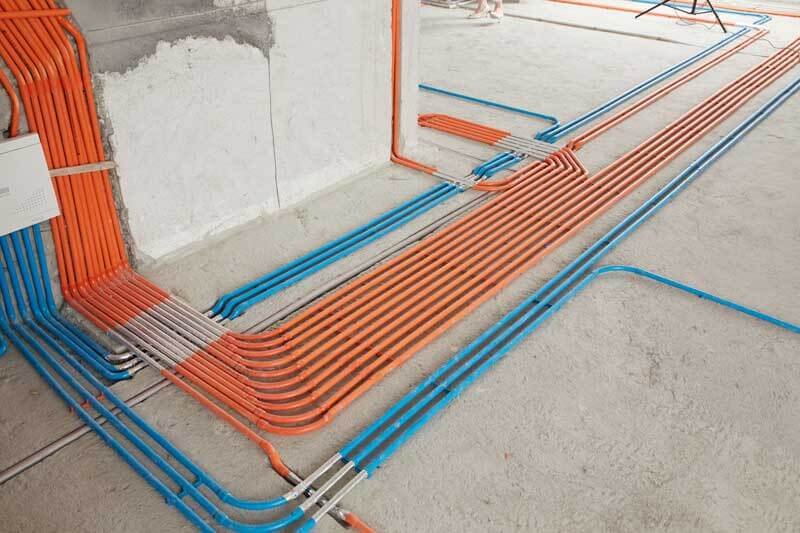
So what are the advantages of them compared to our direct bending?
First, these fittings are thermoformed at one time through the injection molding process, so the molecular structure is stable, and there will be no hidden dangers like leakage or damage caused by the different wall thicknesses of the elbow;
Second, they are easy to construct. You no longer need these bending tools, and you only need to apply glue and connect the pipe fittings during construction. If you are worried about sealing, you don’t need it because the limited tolerances of parts have been filled by glue, and the cement itself is made of waterproof material, which is used for a long time without leakage;
Third, the more construction is simple, the more labor costs savings. In the past, you were worried that you were a fresher and didn’t know how to bend pipes, and you always needed to spend time buying tools, researching tools, or having existing outsourced to a decoration company. Now you don’t need to think about it anymore because most of the time, you no longer need to consider the work of bending pipes. You only need to consider how to arrange the PVC conduit to make them beautiful and practical. Which also shortens the construction time and then saves your costs.
So on the surface, you bought additional accessories and spent some money. Still, these are worth it because it is very cost-effective in terms of construction and reliability of later use.
If readers are interested in conduit fittings & accessories, you can read an article we wrote about introducing accessories.
Part 4, How to Made Qualified Bend & Elbow?

Finally, as a manufacturer of PVC electrical pipes and fittings, I would like to explain the production process of PVC pipe fittings briefly.
From the process point of view, it can be roughly divided into the following ten processes.
(1) Mold Making
(2) Materials Mixed
(3) Baking Materials & Parameter Adjust of Injection Machine
(4) Die Closing
(5) Filling
(6) Pressure Holding
(7) Cooling
(8) Mold Opening & Ejecting
(9) Post-processing
(10) Quality Checking
These processes are almost all necessary production steps for injection molding products. Still, mold design & make, raw material quality, injection molding technology and debugging, and final quality inspection are the most important steps to ensure product quality.
Since we have written similar articles before, I won’t repeat them here. Interested readers can click to view the article “Everything You Want to Know about J Box” to learn more details.
That’s all of them. Thanks for your time and patience. Feel free to let us know if you have any questions about our product & services. You can contact us by contact form to What’s app on the proper toolbox of the website.

